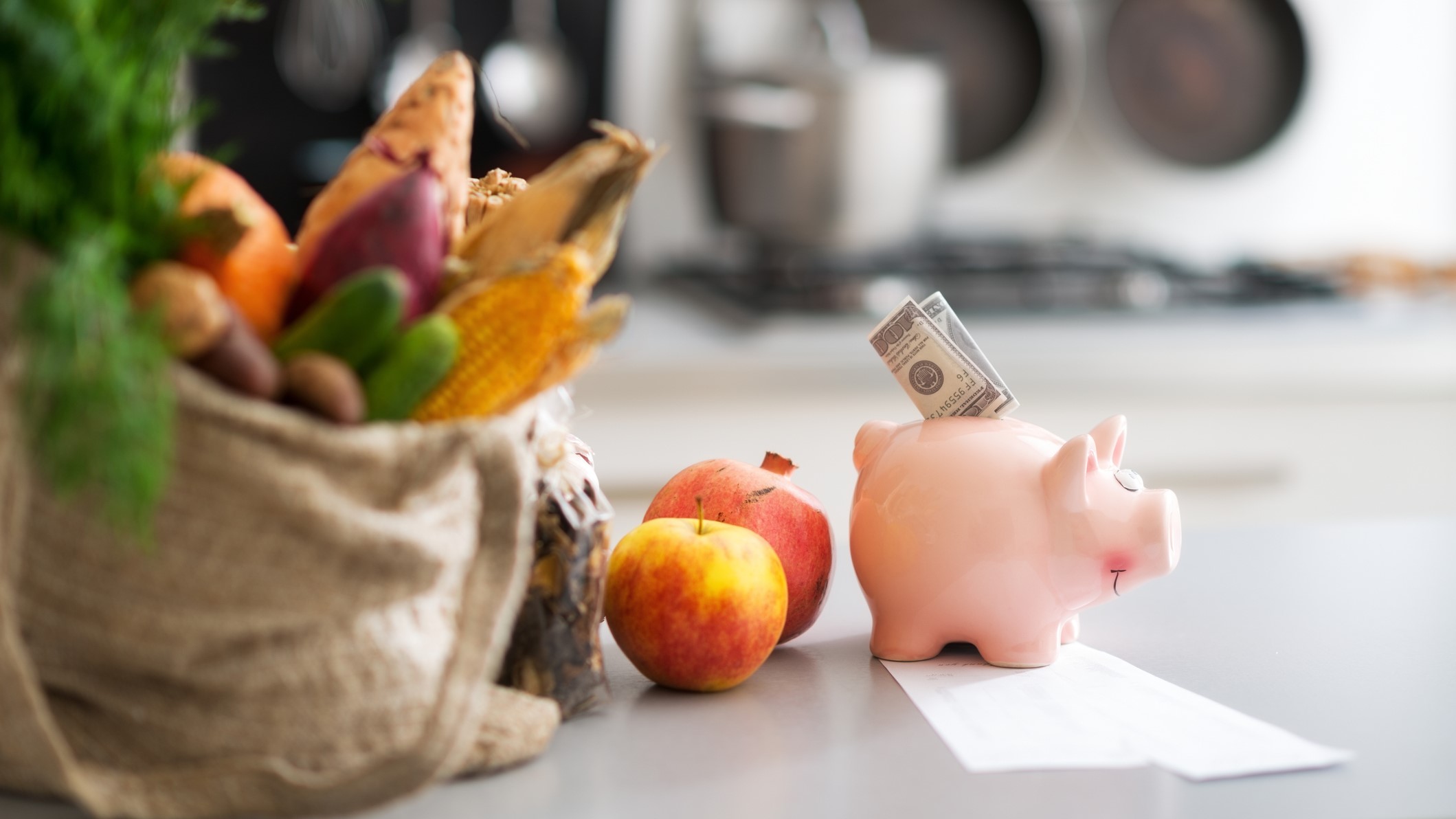At a glance
Eating healthy when money is tight can be challenging, especially if you're living with a costly condition like diabetes. These tips can help.

Good nutrition is key
A diet with plenty of vegetables, fruits, and lean proteins is important for good health, especially if you have diabetes. Healthy eating is key to keeping blood sugar levels in your target range. But the cost of nutritious foods can quickly add up.
With a little know-how and planning, you can eat on a budget without giving up good nutrition. Try these six tips, and you may be surprised at how much you can stretch your grocery budget.
1. Plan your recipes
Plan your weekly menu to make balanced meals that help maintain your blood sugar levels.
Change recipes to fit your needs.
For example, you love pasta dishes, but your diabetes meal plan has you following a low-carb diet. Search for recipes that use veggie noodles instead of traditional noodles. You'll eat more vegetables while keeping your blood sugar from spiking.
Use recipes with common ingredients.
Using different herbs and spices can turn the same ingredients into meals with different flavors. You could cook a whole chicken and use it for several different dishes. Have chicken and veggie stir-fry one night and chicken fajitas another.
Find ways to stretch a recipe.
Search online recipes for soups and casseroles that are budget-friendly and easy to stretch. For example, make a large batch of vegetable soup or white bean chicken chili that can last throughout the week, or freeze leftovers to have later. You'll also spend less time in the kitchen than if you make a different meal every night.
2. Shop with a list
A shopping list makes shopping easier and faster, which helps you reduce impulse buys and take home only the items you need. It also helps you avoid extra trips to the grocery store to buy forgotten items.
If your shopping list includes nuts, beans, or grains, consider buying in bulk to save money and keep your pantry well stocked for future meal planning.
3. Buy frozen or canned
Frozen and canned options can be healthy alternatives to fresh produce. What's more, they cost less and last longer. Many frozen veggies and fruits have resealable packaging that allows you to use what you need and store the rest. This way you can enjoy your favorites even when they aren't in season.
Look for canned options that come in water, not syrup. Be sure to read the label for any added sugar or salt. You'll want to avoid those.
Skip frozen foods with added butter or cream sauces. Choose options without sauce or look for packaging that reads "lightly sauced" to avoid extra sugar, salt, and empty calories.
4. Cut costs with coupons
With over a billion coupons available each year, you'll likely find some you can use. If you can't find a coupon for those blueberries on your list but find one for strawberries, consider making the swap to save money. Even low-value cents-off coupons can really add up. Just by using five 50-cents-off coupons a week, you can end up saving over $100 each year.
5. Buy store brands
Buying generic or store brand items can save you 20% to 30% on your food bill. Items like canned tomatoes, milk, olive oil, and frozen fruits and vegetables are usually available in a cheaper store brand version. Learn which store brands your grocery store carries to lower your total at the cash register.
6. Grow a garden
Growing your own fruits and vegetables can be a great way to save money and have fresh produce at your fingertips. This is especially true if you plant seeds, which are inexpensive. Even if you don't have a yard to grow a garden, many fruits, vegetables, and herbs can grow in pots on patios or balconies.
